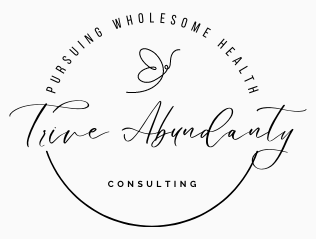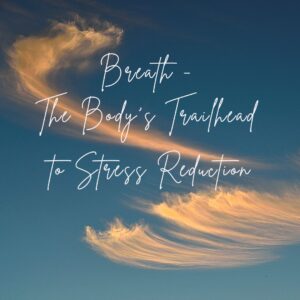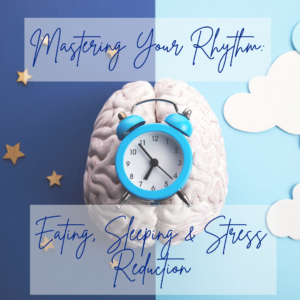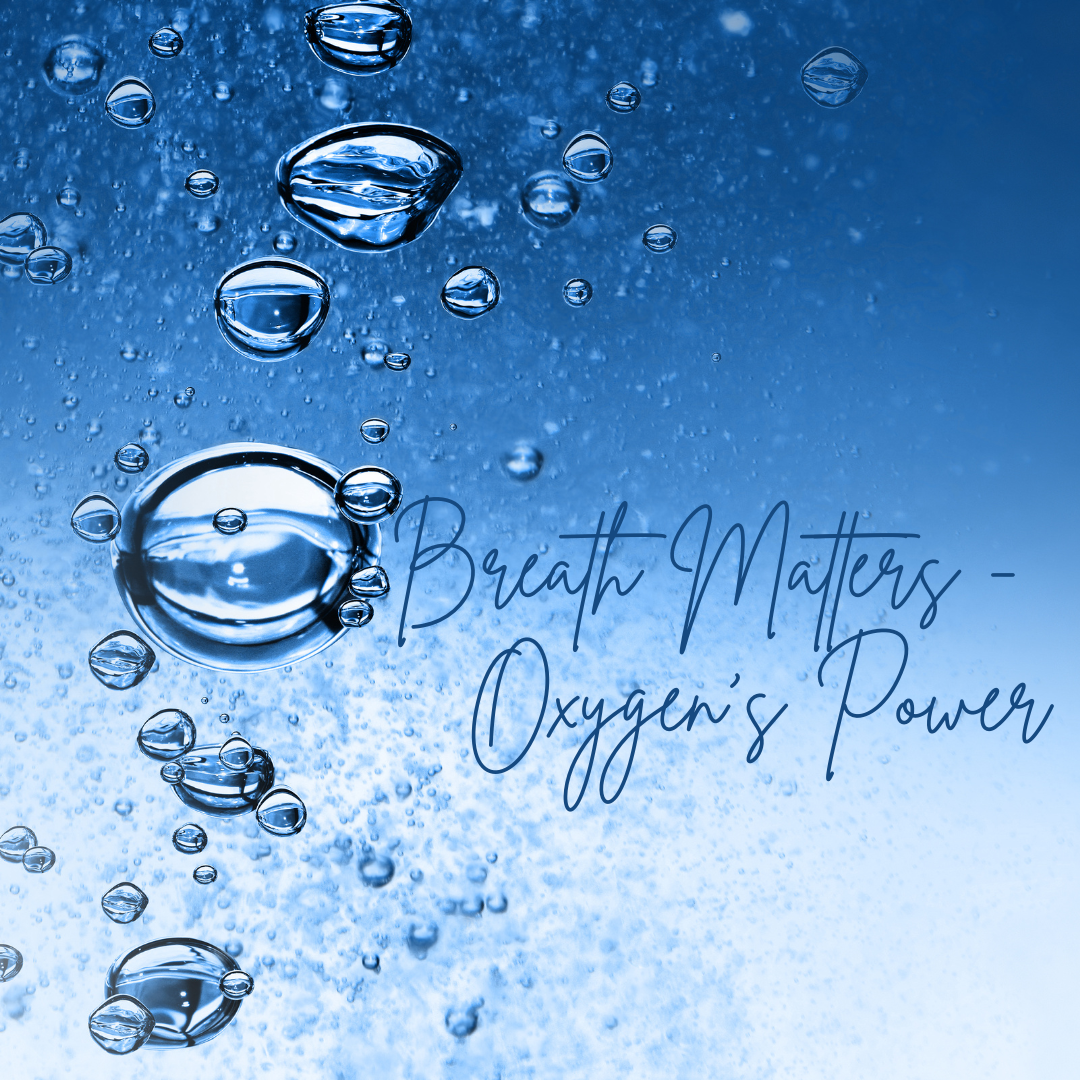Hey there! I trust your week was filled with breath-taking moments – both figuratively and literally! 😊
How’s the deep-breathing journey going for you? Are you feeling the difference, or maybe hitting a few bumps on the road? I’m all ears and here to chat!
So, let’s dive back into the wonderful world of breath. They say oxygen is number one when it comes to vital elements for life – and they’re onto something there! I’m about to sprinkle some science into our conversation, but don’t worry, I aim to present it in a way that’s not just interesting but downright applicable to your daily life.
Understanding the science behind things tends to motivate us into action, right? I know it does for me. It’s like, “Oh, so that’s why it matters!” In fact, one of the habits I’m urging you to embrace today is a direct result of me geeking out over the science of air quality. Trust me; it’s a good one, and I’m excited to share it with you.
Let’s kick things off by diving into the remarkable journey our bodies take to transform food into the power that fuels us.
Our body uses a special process to get energy from the food we eat. Picture it as an adventure for oxygen. First, the food undergoes a chemical transformation into glucose, navigating a cool 20-step path that grants us a burst of energy. We call this the anaerobic pathway – it’s the pathway that doesn’t need oxygen to work and gives us about 2 units of energy.
But the adventure doesn’t end there. The leftover glucose transforms into pyruvate and makes its way into the “Power House” of our cells, also known as mitochondria. Here, it embarks on an 8-step aerobic pathway, teaming up with oxygen to unleash a whopping 36 units of energy! Amazing, right?
Now, let’s connect the dots here – the more active we are to get that breath going to supply more oxygen to our bodies, the more efficient our cells become at producing energy.
Not everyone might be aware of this dynamic duo – exercise and oxygen – and how they hold the keys to unlocking our body’s full potential. But now you know that the air you breathe directly impacts the energy your body gets. That understanding alone could be a game-changer for health and well-being.
So, let’s take a moment to appreciate the power of our choices, starting with the air we let into our lungs. We’re giving our bodies the gift of life’s most essential ingredient – oxygen.
Oxygen isn’t just our energy buddy; remember it also soothes our nervous system. As you continue your breathing habit, try incorporating some gratitude prayers with it. Gratitude for anything in the present that you can appreciate.

Our deep breathing can remind us that we have a divine problem-solving partner in God. No matter what life throws at us, He’s got the ultimate solution tucked up His sleeve. There’s this reassuring promise that says, “No temptation has seized you except what is common to man, but God is faithful and will not tempt you above what you can bear, but with that temptation, He’ll make a way of escape that you may be able to bear it.” How comforting is that, right?
Now, imagine finding yourself in a potentially tricky situation, and you already know – God’s got it covered. But here’s your part in the equation: take a deep breath. Why, you ask? Well, your brain needs a burst of energy right at that moment – 36 units of energy, to be exact. It’s like your personal power-up move. So, in the face of uncertainty, just breathe deeply. You never know where those 36 units of energy might lead you. Breathe in, breathe out.
Some say that the lack of oxygen is the secret culprit behind Chronic Fatigue Syndrome. I’m no doctor, but it’s a theory that’s floating around, and I can’t help but find it intriguing. What do you think about this mystery? Chronic Fatigue Syndrome or just feeling tired all the time, let’s talk about it. One potential cause is when stress hits the roof, shallow breathing takes the stage. Remember, oxygen is the ingredient our body craves for good health. When there’s not enough of it, we enter a zone called hypoxia, turning our lips and fingertips into subtle shades of blue. Oxygen, in a way, is like a superhero for our blood cells, turning them that vibrant red. Without this superhero, our body can feel like it just conquered a mountain, even though we simply rolled out of bed. It’s a reminder of how crucial oxygen is for our overall well-being.
So if the body is sending an SOS for more oxygen – let’s look at how we can steer clear of that fatigue haze and keep our energy levels soaring. Because let’s be real, who wouldn’t want that? If we could bottle it up, we’d probably make a fortune, right? I mean, think about it – how often do we look at energetic kids and wish we could borrow some of their vitality? And guess what? You can Google “100-year-old athletes” and find documentaries about these incredible individuals still crushing it in their hundreds. Have you heard of the Blue Zone? It’s the areas in the world where people are hitting their centuries and still conquering mountains. The common thread? To be fair, usually the Blue Zones are mentioned in regards to diet, but they also have this in common: A lot has to do with the air they’re breathing.
The type of air, the quality of it, makes a big difference. Air can contain these incredible entities called negative ions. Picture them as tiny, electrically charged superheroes made of oxygen. Creating these negative ions involves three key elements: moisture (like water droplets), movement, and, of course, air. So, where do you find this trio in action? Think thunderstorms or when you’re watering a garden. Have you ever noticed that special scent? That’s the smell of negative ions at work – water, movement, and air coming together.
So, instead of scurrying indoors during a thunderstorm, here’s a suggestion – run outside and take a deep breath. Thunderstorms are fantastic, and so are waterfalls and the rhythmic waves of the ocean. You’ve probably felt the refreshing air in these places. And the Pine Forest! It’s like a negative ion paradise. Why? Well, those pine needles are countless, fine, and light, so even the slightest breeze creates more movement compared to other trees.

So that’s where you find the negative ions. Where do you find the positive ions?
Positive ions, the so-called “bad guys,” carry a positive charge and pack more carbon dioxide in their molecule than oxygen. These are the ones that dominate the air before a thunderstorm. You know how the atmosphere feels heavy pre-thunderstorm? That’s the influence of positive ions, and they’re not the most uplifting bunch. They can throw a damper on serotonin in the brain, potentially leading to increased inflammation.
Where else do we find these culprits? The city is a hotspot. Think about it – a lot of people, a lot of exhaling, and that means a surge of carbon dioxide. This gas is a byproduct of the combustion of glucose and oxygen in our cells.
City life also means encounters with carbon monoxide, a dangerous gas emitted particularly by cigarette smoke. Carbon monoxide is tricky. When it enters the bloodstream, it forms a tight bond with the red blood cells. Imagine someone breathing in both carbon monoxide and oxygen – guess which one gets first dibs on the red blood cell? Oxygen. But the bond between carbon monoxide and the red blood cell is stable, which means it holds onto oxygen tightly. As a result, oxygen doesn’t get released as efficiently in various parts of the body, like the brain, toes, or pancreas.
Where else can we unwittingly encounter carbon monoxide? Cars. The exhaust fumes from vehicles can be a source. So, if you’re an outdoor enthusiast who loves walking or running, consider doing it away from the hustle and bustle of traffic to minimize your carbon dioxide intake.
Another source of carbon monoxide is mold.
This seemingly innocuous culprit can be a silent contributor to carbon monoxide levels. Surprisingly, mold exposure has been linked to chronic fatigue in about nine out of ten cases. Where does mold hide? Air conditioners are a common breeding ground, especially when they’re not working optimally.
One tell tale way you can know if you might be impacted by mold is to take a closer look at your tongue. If it has a white coating, it’s indicative of fungal growth. You can take care of that by taking specific antifungal herbs and cutting out sugar, since fungus feeds on sugar. But you also want to investigate where the fungus is in your environment.

The way we breathe matters too in terms of optimizing the oxygen in our bodies. Are you a chest breather, stuck in the high chest breathing zone, missing out on the full potential of your lungs? Check your posture, chances are good that you’re slouching. I know, me too. But it’s that simple. The way we sit can drastically affect how we breathe. To unlock the true potential of your breath, straighten that back and embrace diaphragmatic breathing, deep and full in the belly.
Specific foods can amp up the flow of oxygen to the brain. You’ve probably heard that berries, omega-3 fatty acids, nuts, and such are good brain food. It’s because they increase blood flow to the brain. And we know oxygen travels in the blood to reach the brain. Good circulation optimizes that oxygen to the brain. Top-notch circulation happens when the arteries are elastic. Sun-soaked vitamin D and omega-3 fatty acids keep those arteries in prime shape. Fish is hailed as the ultimate brain feast, but if you’re a plant-based warrior, Chia seeds, flax seeds, and hemp seeds will do the trick too. So, let’s ensure your brain gets the oxygenated stuff it thrives best on.
To keep your arteries flexible your blood vessels crave a dose of nitric oxide. Exercise is the ultimate matchmaker. Keep those arteries nimble with regular exercise, and you’ll be putting aging on hold.
But the benefits don’t stop there. Exercise is like a multiplier for your energy factories, the mitochondria. More mitochondria mean more energy – and your brain loves it.
Let’s take a quick detour to some lung capacity talk. Right now, in our daily breath routine, we’re breathing in about a 500 mL inhale and exhale. But when you conquer that hill, or do whatever exercise gets you pumping, you gulp in a whopping 3600 mL of refreshing air, and exhale 3600 mL of waste. Now, that’s amazing!
This little nugget underscores the daily exercise anthem. For those grappling with chronic fatigue syndrome, or just general tiredness, start small (walking rather than running is absolutely fine) and gradually crank up the intensity. A little, often, and you are on your way to better health.
So, when we talk about optimizing blood flow, maintaining flexible arteries, and ensuring your energy levels are top-notch, it boils down to the basics: move that body, soak in the sunshine, and sprinkle in some omega-3 fatty acids. And don’t forget fruits, nuts, grains, and seeds – the VIP pass to fueling your body for its peak performance.
So, there you have it: keep that body moving, feed it right, and give it negatively ionized air for a healthy, energy-packed life.
But before I go, back to what sparked a positive change in my routine – the game-changer was discovering the impact of ions on the nervous system. All summer, I treated myself to rejuvenating breaks in my backyard haven, absorbing the beauty of summer air. My gratitude for nature, complete with a delightful waterfall and pond, fills my backyard. Nights became a celebration of fresh air as I embraced the wide-open window life, enriching my body with precious oxygen. Did you know indoor air can harbor more toxins than the outdoors air, even in the suburbs? Winter brought a slight shift, but I kept that window ajar, still savoring the air benefits. It’s become a sweet addiction, and my body is loving every gulp.
Today, armed with insights on oxygen and air quality, think about your own oasis. Whether it’s a balcony, a sunny spot indoors, or a makeshift window escape, what’s one thing you can do to invite stress-relieving oxygen into your life? Share your personalized oxygen strategy!







